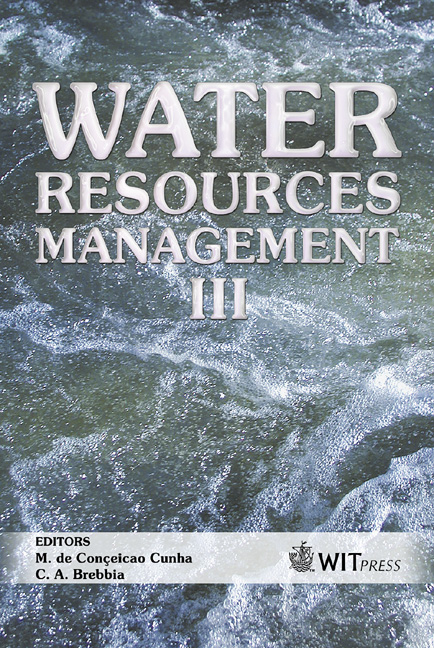Geochemical Barrier In River Mouth Areas
Price
Free (open access)
Transaction
Volume
80
Pages
10
Published
2005
Size
3,597 kb
Paper DOI
10.2495/WRM050201
Copyright
WIT Press
Author(s)
R. Khanbilvardi, B. Shteinman, R. Mamadzade & O. Ozkurt
Abstract
River mouth areas are complex natural objects. Their most characteristic feature is transformation of hydrological, hydrophysical and hydrochemical properties typical for river flows into those typical for water masses of a sea or a lake that are adjacent to the river mouth. Measurements made, using multiple methods, in the mouth of the Jordan River flowing into Lake Kinneret, and in the mouths of several rivers flowing into the Caspian Sea at its western coast, have allowed us to establish certain laws governing the changes in hydrochemical characteristics in the zone of mixing of water masses having different origin. These laws are stemming, first of all, from how the river current velocity is attenuating at the inflow to a sea or lake. Both theoretical analyses based on the equations of motion of a free turbulent jet with a variable mass and the results of measurements show that this attenuation follows the exponential law. Accordingly, the volume of suspended material carried by the river jet is decreasing. Since most of the heavy metals such as copper, zinc, iron, molybdenum, etc. are being transferred as suspended matter, they very soon deposit on the bottom as the river jet enters the water body. Observations have shown that the most intense precipitation of heavy metals occurs immediately beyond the mouth bar, in the zone of contact and intense mixing of river and seawater masses. This zone presents a natural geochemical barrier. Observations have shown that within these contact zones up to 80% of the incoming suspended materials is deposited, mostly the fractions >0.1 mm. The content of heavy metals here exceeds the allowable limits 2-7 times for copper, 4-5 times for zinc and 7-14 times tin. Keywords: river mouth, heavy metals, free turbulent jet flow, attenuation of river currents, geochemical barrier.
Keywords
river mouth, heavy metals, free turbulent jet flow, attenuation of river currents, geochemical barrier.





